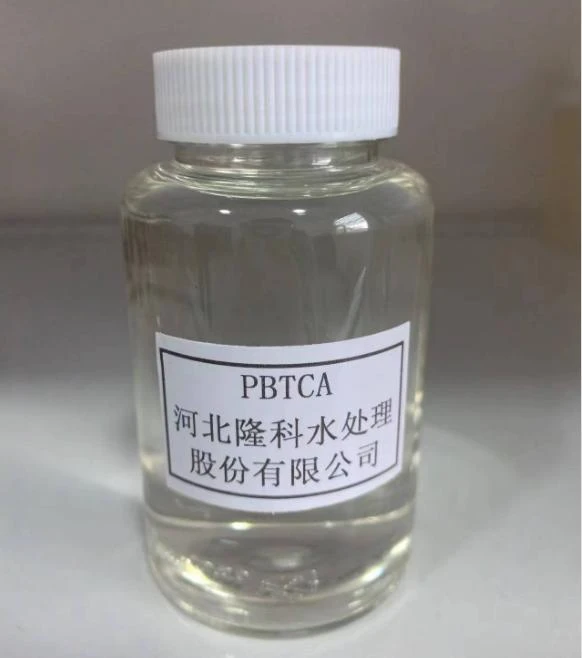polyaspartic acid
Polyaspartic Acid A Versatile Biopolymer with Remarkable Potential
Polyaspartic acid, a derivative of aspartic acid, is a promising biopolymer that has garnered significant interest in various fields, ranging from biomedical applications to environmental science. Its unique properties and versatility make it a subject of extensive research and development. This article explores the characteristics, synthesis, and potential applications of polyaspartic acid, highlighting its importance in modern science and industry.
Characteristics of Polyaspartic Acid
Polyaspartic acid is a water-soluble, biodegradable polymer that exhibits excellent biocompatibility. It is composed of repeating units of aspartic acid, which is an amino acid naturally found in the human body. This biopolymer has a high density of carboxyl groups, imparting strong chelating properties and the ability to form gels. These characteristics make polyaspartic acid an attractive option for various applications, particularly in the fields of medicine and environmental remediation.
One remarkable feature of polyaspartic acid is its ability to act as a bio-adhesive. When exposed to water, it forms a gel that can bond with different surfaces, providing a potential solution for applications such as drug delivery systems and tissue engineering scaffolds. Furthermore, its nontoxic and biodegradable nature makes it a safer alternative to synthetic polymers, which can pose environmental and health risks.
Synthesis of Polyaspartic Acid
The synthesis of polyaspartic acid typically involves the polymerization of aspartic acid through a process called ring-opening polymerization. This method allows for the control of the molecular weight and properties of the resulting polymer. Variations in the synthesis process can lead to polyaspartic acid derivatives with tailored characteristics, enhancing its functionality for specific applications.
polyaspartic acid

Innovations in synthetic methodologies have enabled researchers to develop polyaspartic acid-based materials with varying degrees of hydrophilicity and mechanical strength. These advancements pave the way for the creation of specialized materials that can effectively meet the demanding requirements of various industrial and biomedical applications.
Applications of Polyaspartic Acid
The applications of polyaspartic acid are wide-ranging and increasingly diverse. In the biomedical field, its biocompatibility and ability to form hydrogels have positioned it as a valuable component in drug delivery systems. Polyaspartic acid can encapsulate therapeutic agents, facilitating controlled release and improved bioavailability. Additionally, its compatibility with living tissues makes it suitable for use in tissue engineering, where it can serve as a scaffold for cell growth and regeneration.
In environmental science, polyaspartic acid has been investigated for its potential as a biodegradable alternative to synthetic polymers in water treatment and soil stabilization. Its chelating properties allow it to bind heavy metals and other pollutants, aiding in the remediation of contaminated environments. By replacing harmful synthetic materials with polyaspartic acid, researchers aim to create more sustainable and eco-friendly solutions for environmental challenges.
Moreover, polyaspartic acid is gaining traction in the coatings industry, where its rapid curing characteristics and durability are particularly advantageous. Coatings formulated with polyaspartic acid can provide excellent resistance to UV light, chemicals, and abrasion, making them suitable for a variety of applications, from automotive finishes to industrial floor coatings.
Conclusion
In summary, polyaspartic acid is a versatile biopolymer that holds significant promise for a multitude of applications across various fields. Its unique properties, combined with its biocompatibility and biodegradability, position it as a key player in the development of sustainable materials and innovative solutions. As research continues to explore the full potential of polyaspartic acid, it is clear that this remarkable polymer will play an increasingly important role in addressing some of the world's most pressing challenges in health, environment, and industry.
-
The Ultimate Guide to Flocculants: Transforming Water TreatmentNewsNov.01,2024
-
Improve Your Water Treatment Solutions with PolyacrylamideNewsNov.01,2024
-
Enhance Your Water TreatmentNewsNov.01,2024
-
Empower You to Achieve the Highest Standards of Water QualityNewsNov.01,2024
-
Effective Scale InhibitorsNewsNov.01,2024
-
Discover the Power of Poly Aluminum Chloride in Water TreatmentNewsNov.01,2024





